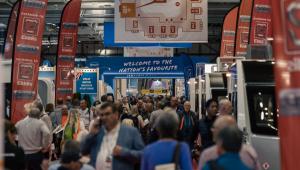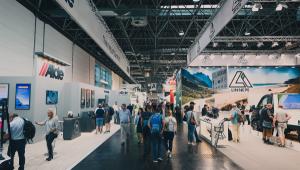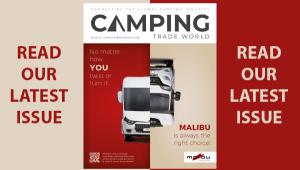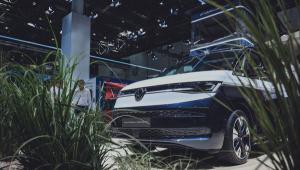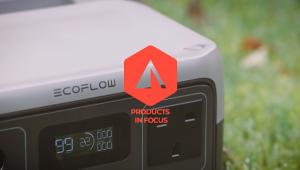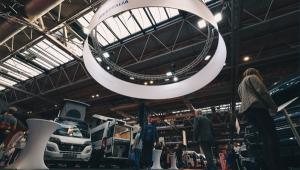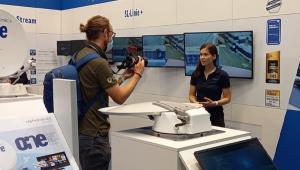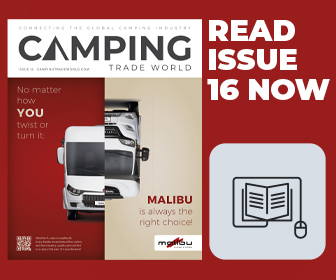Volkswagen reveals ID. Buzz: could it be the future of campervans?
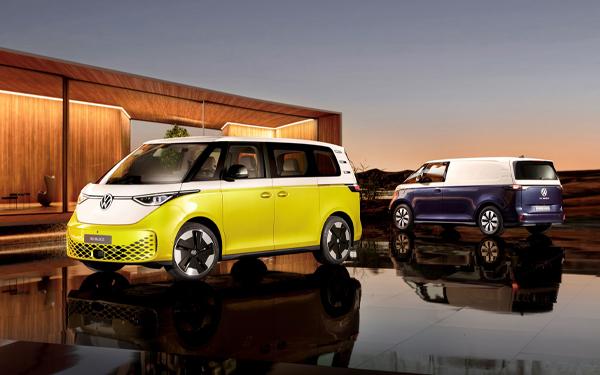
Billed as Europe’s first all-electric bus and transporter range, the ID. Buzz and ID. Buzz Cargo caused quite the stir when they were officially unveiled by Volkswagen last week at a special event in Hamburg Germany. The two vehicles are promising to set new standards in the electric vehicle segment with the latest ID. software and systems for safety, comfort and charging. But the real question the camping industry wants to know the answer to is: could this be the campervan of the future?
In Volkswagen’s initial marketing of the two vans, the answer is maybe. While the German automotive giant has not explicitly spoken about campervan usage, the Cargo version has all the potential to be a blank canvas for campervan converters around Europe. The made-in Germany vehicles, which will be available for pre-order in May with the first expected on the roads in the autumn, have all the criteria to become very nifty campervans that offer campers a way of enjoying the hobby in a much more sustainable way. With a long wheelbase, compact body and efficient use of the vehicle footprint, these smart vans perfectly fit the trend of campers looking for small and nimble vans that still offer suitable space for comfortable nights on the road. Both ID. Buzz vans have a wheelbase of 2,988mm, which is roughly the same as the current VW T6.1 – the length of both versions is 4,712 mm. Including roof aerial, the two versions of ID. Buzz measure, dependent on specification, 1,937 mm or 1,938 mm in height. At 1,985 mm, the new model is 81 mm wider than a T6.1. Space enough for a cosy campsite base.
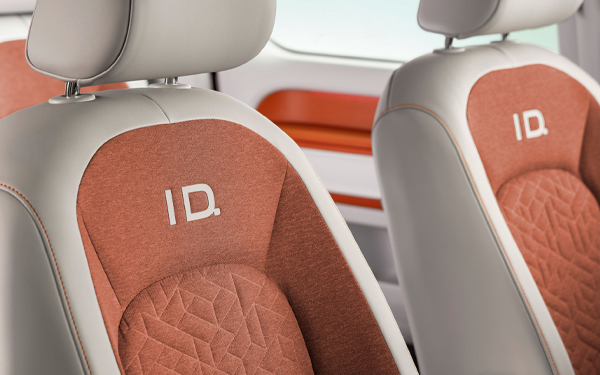
Future of mobility
The ID. Buzz and ID. Buzz Cargo are launching across Europe with a 77 kWh battery (gross energy content: 82 kWh). It provides current to a 150 kW electric motor, which – as the flat engine once did in the T1 – drives the rear axle. The position of the battery, integrated deep down in the sandwich floor, and the lightweight electric drive system result in a good distribution of weight and a low vehicle centre of gravity. Both factors optimise the handling and agility. The lithium ion battery can be charged from wall boxes or public charging stations using 11 kW alternating current (AC). Via a CCS plug connector at a DC rapid-charging station (direct current) the charging power increases to as much as 170 kW. When charged in this way, the battery charge level rises from 5 to 80% in about 30 minutes. Using the latest ID. software, the model line will also offer the ‘Plug & Charge’ function in the future. Via this function, the ID. Buzz authenticates itself at compatible DC rapid-charging stations via the charging connector using the ISO 15118 standard. It also exchanges all necessary data with the charging station in this way – an added convenience. Bidirectional charging enables the ID. Buzz to feed unneeded energy from the battery into the customer's home network (Vehicle-to-Home).
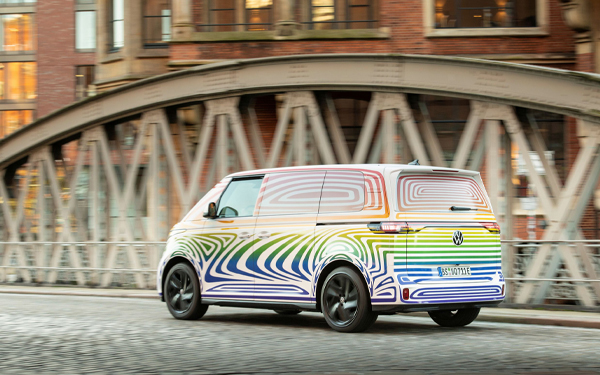
What they say
Ralf Brandstätter, chairman of the board of management of Volkswagen Passenger Cars, said: “The ID. Buzz is a genuine icon for the electric era. A car, the likes of which only Volkswagen can build. In the 1950s, the Volkswagen Bulli stood for a new feeling of automotive freedom, independence and great emotion. The ID. Buzz picks up on this lifestyle and transfers it into our time: emission-free, sustainable, fully networked and now ready for the next big chapter: autonomous driving. With this car, we are bringing together the core themes of our ACCELERATE strategy in one product for the first time.”
Meanwhile, Carsten Intra, chairman of the board of management of the Volkswagen Commercial Vehicles Brand, said: “Both versions of the ID. Buzz are pioneering in terms of their sustainability: their manufacture and shipping has a carbon-neutral footprint. We are also using recycled synthetic materials and the interior is completely free of any real leather. The ID. Buzz will also be used for future autonomous mobility concepts such as ridepooling – an e-shuttle service of Group subsidiary MOIA that can be booked via an app. The electric Bulli is thus also a part of the future of inner-city transport.”
- Log in or register to post comments
